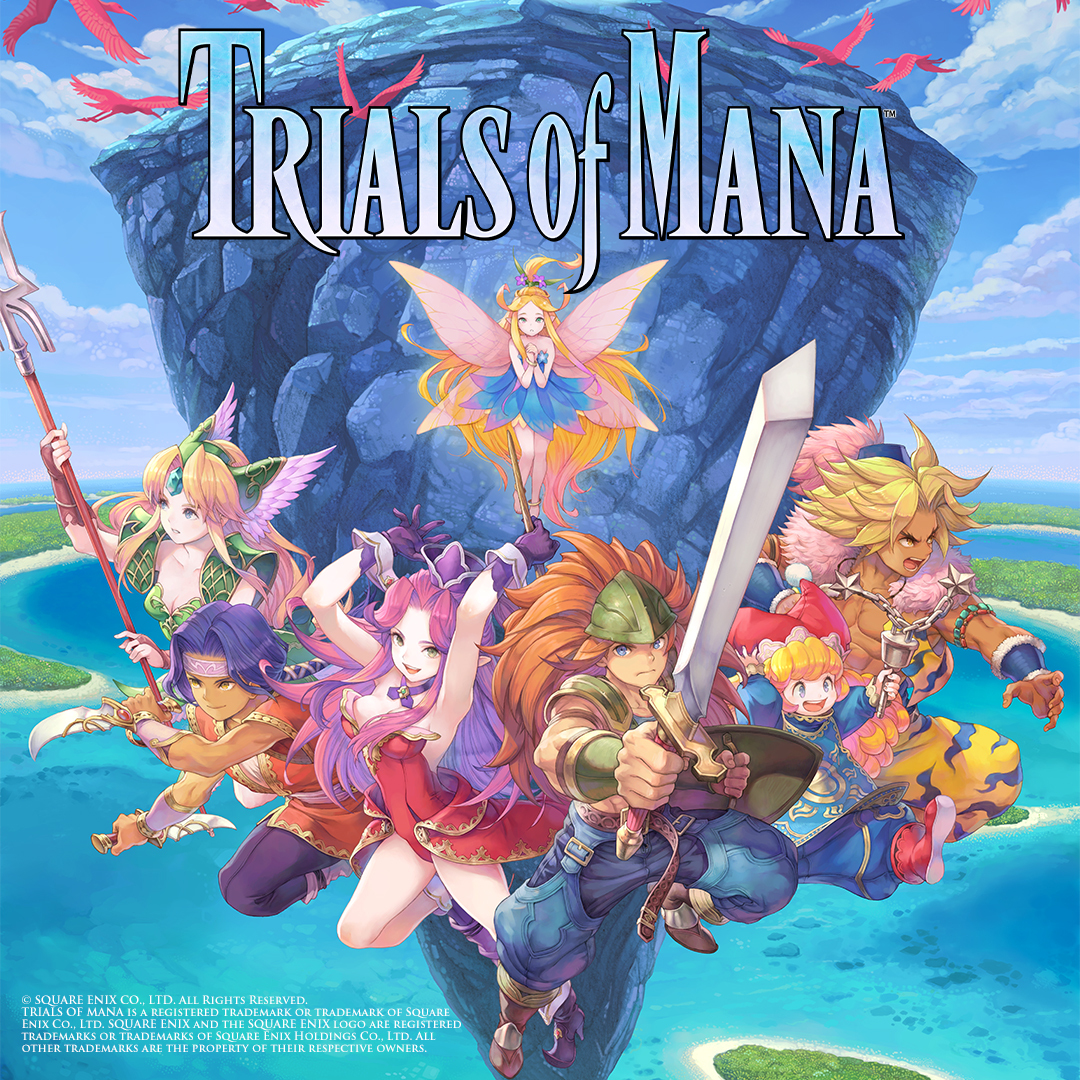
Pros
- Fun combat system
- Lots of customization
- Character models look great
Cons
- Too many load screens
- Awful voice acting
- Not challenging enough
The Mana series has been around for some time, often seen as one of the less popular Square Enix franchises and there were a few games that never even made their way over to the west at their time of release. In September 1995, Squaresoft released the third game in the Mana series, Seiken Densetsu 3 (now known as Trials of Mana) which released to great critical reception however it was never released in the west. Fans here had to resort to a fan translation in 1999 to experience what many considered, one of the best-looking games on the SNES. Fast forward to June 2019 and Square Enix announced both Collection of Mana and the Trials of Mana remake, with the former being the first official translation of the original Seiken Densetsu 3 and the official name, Trials of Mana.
For the era, the original Trials of Mana was far ahead of its time, it had a story with 6 protagonists, with which there were three unique storylines based on three of the pairs you could select. There was two player multiplayer added in so a friend could join you on this lengthy quest and the game featured a day and night system which helped bringing the graphics to life as well as add exciting gameplay prospects along with the vast amount of customization. Indeed, Trials of Mana had six different classes for you to select for each of the protagonists, allowing endless customization. With the main Mana series dormant since Dawn of Mana back on the PS2, it came as somewhat of a surprise when Square Enix announced a full remake of Trials of Mana.
You’ll often be left disapointed with the contents of chests in Trials of Mana.
The story follows a similar one told throughout the Mana series, the Mana Tree is in danger of withering and a Faerie sets off to find a host who can claim the Sword of Mana and save the tree before it’s too late. Your chosen character will affect which of the three main storylines you get, and this is mainly reflected at the beginning of the game and the climax, determining each character’s antagonist and motivation. There are three distinct storylines to choose from with three pairs of the six character’s sharing a common goal, Duran and Angela seek to find the Crimson Wizard, Kevin and Charlotte need to deal with the wicked Goremand and Hawkeye and Riesz are victims of the devious Belladonna. The majority of the plot remains unchanged, you’ll still set out to look for all of the Elementals regardless of your starting character, but this at least allows you to have a little bit of variance when replaying the game. The story itself is simple in nature, you won’t get an incredibly well written story here and for better or worse, it remains faithful to the SNES original and it shows at times with the simple dialogue and motivations for the antagonists.
The world is a large one and at times, looks fantastic in the Unreal Engine, you can see every area carefully recreated to the SNES original and at times, brims with charm. There are all different locales to see too, ranging from seaside caverns to ancient ruins and the art style brings it all to life in a colorful manner. Each area itself offers the room for exploration and it doesn’t feel like you’re exploring corridors for most of the time, there’s more than enough opportunities to explore your environments and the new Li’l Cactus feature adds more depth to exploring the areas. In most areas of the game, there is a small cactus known as Li’l Cactus who is hidden somewhere (sometimes more than one) and you will really have to explore every nook and cranny to locate them. You’ll be awarded for discovering him of course, there’s a total of 50 to find in the game and every five will present a reward. Some of these rewards are minor but some of the better ones really will make your character immensely powerful so it is a side activity well worth undertaking. There’s plenty of chests littered all around the areas too however the reward for these are less enticing as for the most part, outside of the odd chest here and there, you’ll be receiving consumables in the form of Chocolate or Candy.
Class Strikes look fantastic and it’s always exciting to learn a new one.
There are plenty of areas in the game - fields, dungeons, and towns - and as mentioned above, you are rewarded for exploring them however one of the game’s larger problems rears its head here. When you transition between areas, you’ll get a loading screen that isn’t overly quick, this becomes even more of a problem when you’re in a dungeon with four-five areas inside it. This is arguably my largest problem with Trials of Mana, there’s a lot of loading and sometimes not quick at that, obtaining a new method of travel later in the game is usually something to be overjoyed about but here, it just exposes even more loading screens. For example, once you activate it, you’ll get a short cutscene (which can be skipped truth be told), followed by a loading screen. You then make your way to what area you wish to visit, at which point another loading screen takes place and the game soon takes on this form of constant loading. Even something as simple as changing your character’s class, you’ll have to go through two-three loading screens, and it starts to become a chore.
The combat system is where the game shines the brightest however, it’s a fun combat system with many skills to play around with, even if it isn’t the toughest of games. Each of the six characters feel unique to play with, Duran is your typical Knight and you have the option to mold him as a more defensive minded character or attack powerhouse. Angela is the typical mage who obtains arguably the most moves in the game in the form of Spells from the Elementals while Kevin is a bit more one dimensional and is a brawler through and through. The way they play allows you to build ideal setups to fulfill a range of tasks and each player will most likely have a different outcome. There’s no guard button in Trials of Mana so you’ll have to resort to the dodge roll ability to avoid enemy attacks but it’s more than competent enough and will allow you to avoid most attacks provided you pay attention. The game will telegraph enemy attacks, so you know when to avoid certain attacks and this becomes even more prevalent on the boss battles throughout the game, often a highlight of the battle system.
You can spruce up combat even more with the use of abilities gained through the new Training System, another highlight of the game. Upon gaining levels, you’ll be awarded Training Points that can be spent in its menu. Here, you’ll find each of the game’s primary stats - Strength, Stamina, Intellect, Spirit and Luck – and allocating points to these categories will unlock passive abilities, chain abilities or new moves for your chosen character. While your choices may seem limited initially, every time you class change, the list gets extended with a bunch of new skills to unlock. The most interesting of all these abilities however are the new chain abilities, these are passive abilities which, when equipped to one of your characters’, will become active on all three. What’s more, you can also obtain these chain abilities through talking with specific people in the game world or completing certain events which gives you a reason to always go out and speak to everyone you come across, even if half of the topics they discuss are uninteresting.
The Training System offers a lot of customizatio, especially when paired with the Class System.
This system is fleshed out more with the class system mentioned above, upon reaching a certain point in the story and attaining Level 18, you’ll be able to class change for the first time into a Light or Dark class. These usually focus on a different playstyle but will also unlock different Class Strikes – flashy attacks that make use of your CS gauge – along with new abilities in the Training Menu. Later on in the story, you’ll also find some equipment that are exclusive to certain classes so it’s always worth taking into consideration what class you will change to. Taking Duran as an example, the Light side of his classes will mold him into more of a tank that can use shields and healing spells while if you opt for the Dark side of the classes, he’ll favor attack over defense and lose the ability to use shields and healing spells while gain the ability to use Saber magic that coats your attacks with certain elements. You are not locked into your choices either, you’ll gain the ability to reclass and later in the adventure, even revert yourself back to the base class should you wish to take a different path. Your costume will also change with each class change and the game gives you the option of returning to the look of a previous class without changing back, should the new one’s aesthetics not be to your liking. Indeed, all of the weapons that you locate in the game will all change the appearance which is a welcome addition as many games decline to include models for each weapon.
There are a few more new additions to the remake of Trials of Mana such as being able to play your chosen partner’s prologue, although you won’t get to keep the items found in them, you will get to witness more unique story content and although they’re rather short in nature, it always helps to gain a bit of insight into their motivations for their own personal journey. You’ll also find the Magic Pot in the Inns around the world and using Seeds that you find from both chests and monsters; you can plant them to receive items. Some of these are simple consumables but as you level up the pot by planting more seeds, you’ll gain more unique items such as consumables that increase your stats or boost your exp rate. You’ll even find some equipment at the higher levels, with some of the best equipment found exclusively through this system so it’s always in your best interest to keep up with planting those seeds.
Most enemie’s attacks are telegraphed like this, allowing you to dodge easily.
The sound design is a mixed bag, it’s great that Square Enix included the original soundtrack in the options to reference but for the most part, all of the new arrangements sound fantastic and fit the theme of each of the locations you visit. Indeed, it is the voice acting where most of the criticism can be levied as it’s one of the negatives of this remake. Although the voices for the characters themselves, especially the protagonists, are not terrible, it is the way they deliver their lines that bring the whole experience down. Often, dialogue is stilted with pauses in between or just spoken at a really slow pace and lacking emotion, certain people you meet throughout the story will have voices that grate so much that I found myself reading through their dialogue and skipping the voices, this is just one of the many ways in which you can see the lower budget appear.
Indeed, for everything that is fun about Trials of Mana, it’s clear to see it’s a victim of its budget and it would be interesting to see how the game would’ve turned out had the budget been larger as there’s a fantastic game underneath the problems. The loading and voice acting issues mentioned above are the greatest issues I had with the game but another of my gripes lies with the difficulty of the game. I enjoyed the combat system greatly, which is why I was so disappointed that I never truly felt a lot of difficulty in the game, in fact, the majority of my difficulties lie in the AI of my uncontrolled characters not avoiding the telegraphed attacks, this meant that I often had to babysit them with healing items. There is a strategy menu where you can assign simple tasks to them such as how often they would use their class strikes of magic attacks but more times than not, I’d go through periods where it seemed like they would outright ignore my choices. I played through the game on the Hard difficulty level and while I appreciate the amount of difficulty levels available, even on Hard it never once felt truly challenging so I deign to wonder what Normal would feel like, what’s more, should you find yourself a completionist and seek to complete all of the side content, you’ll completely trivialize the later game. In fact, completionists can expect to find themselves spending around 25-30 hours on a playthrough that typically covers everything there is to see and do and it’s a length that feels right, anymore would’ve overstayed it’s welcome.
Average
Trials of Mana is the pure definition of an AA game and that is not necessarily a criticism, not every game has to be a AAA blockbuster. Indeed, despite my grievances with a lot of the game’s issues, I never once disliked my time with the game and hopefully this is the start of a revival for the Mana series.
Gameplay:
Sound:
Graphics:
Story:
Value Rating:
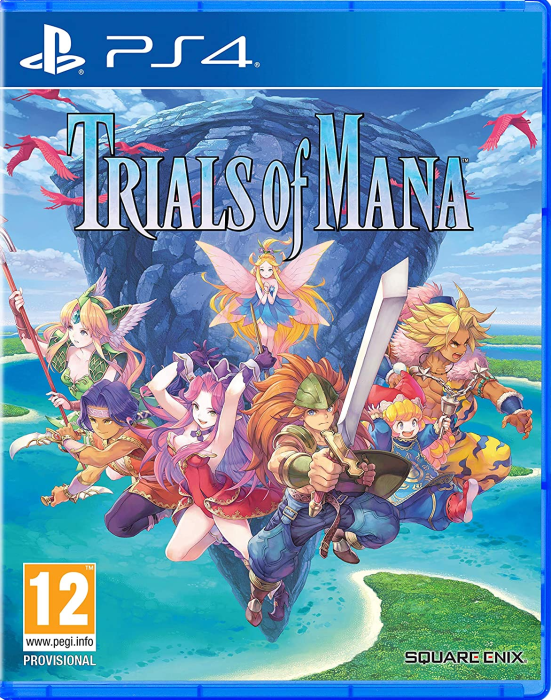

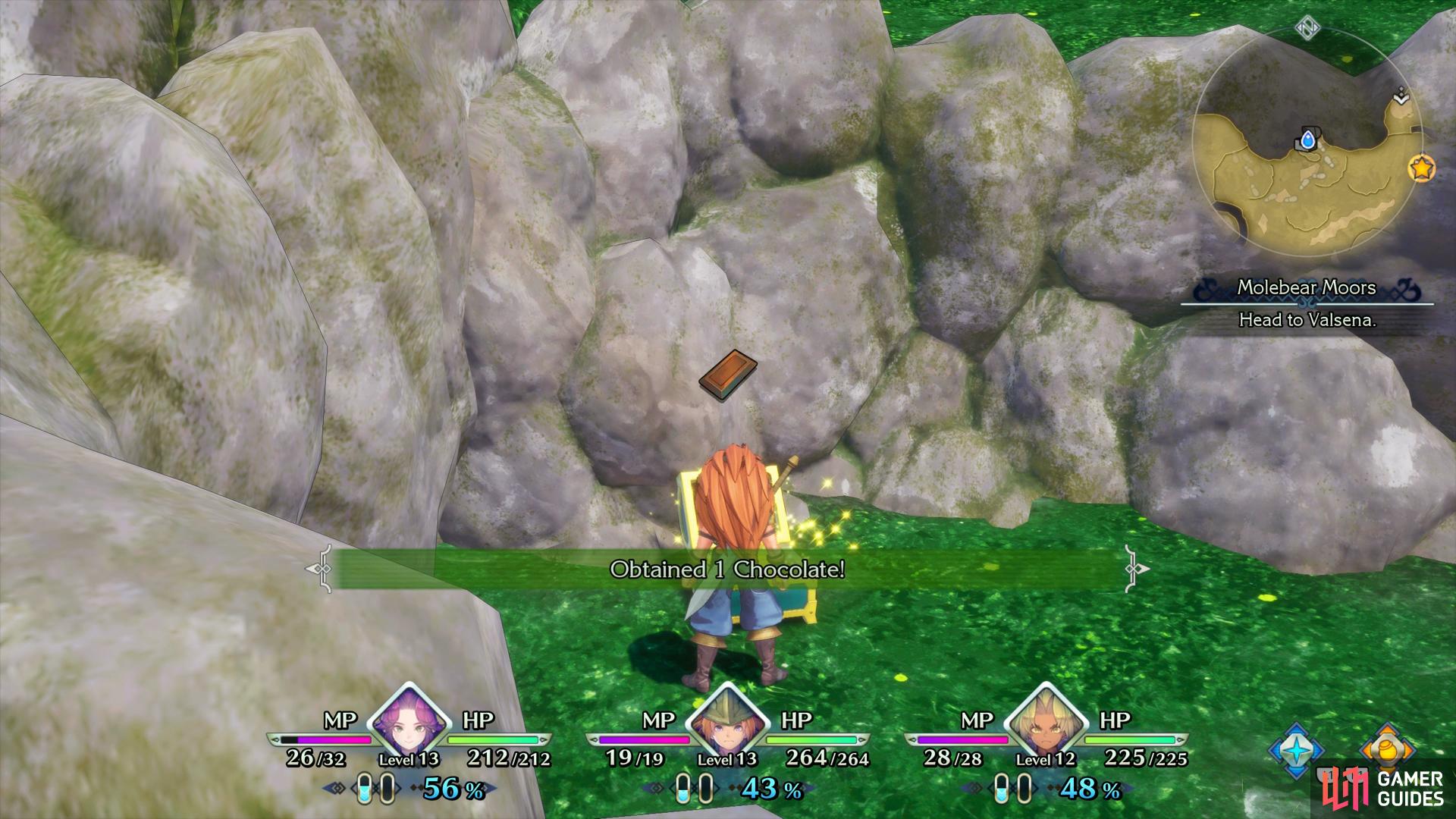
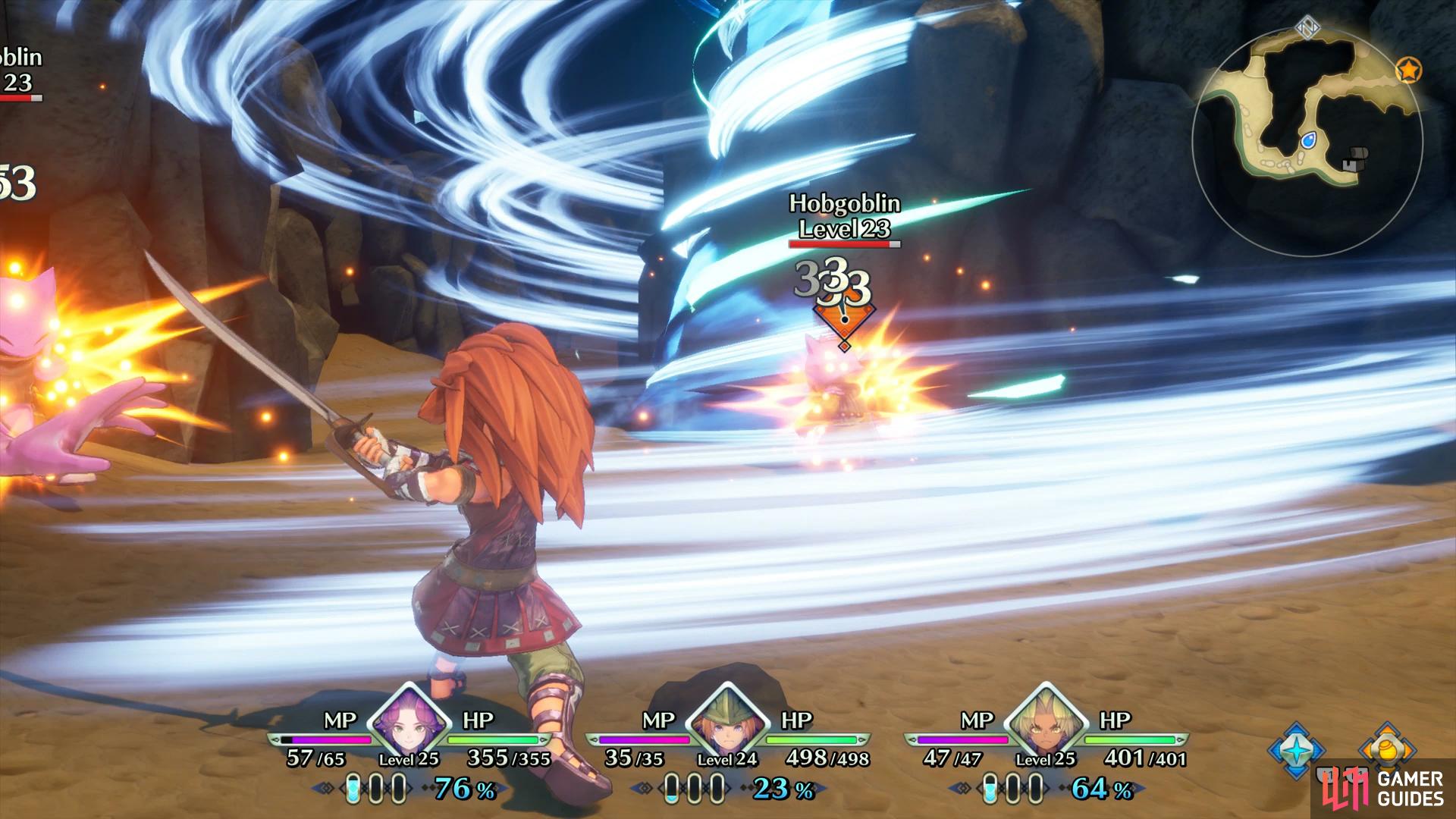
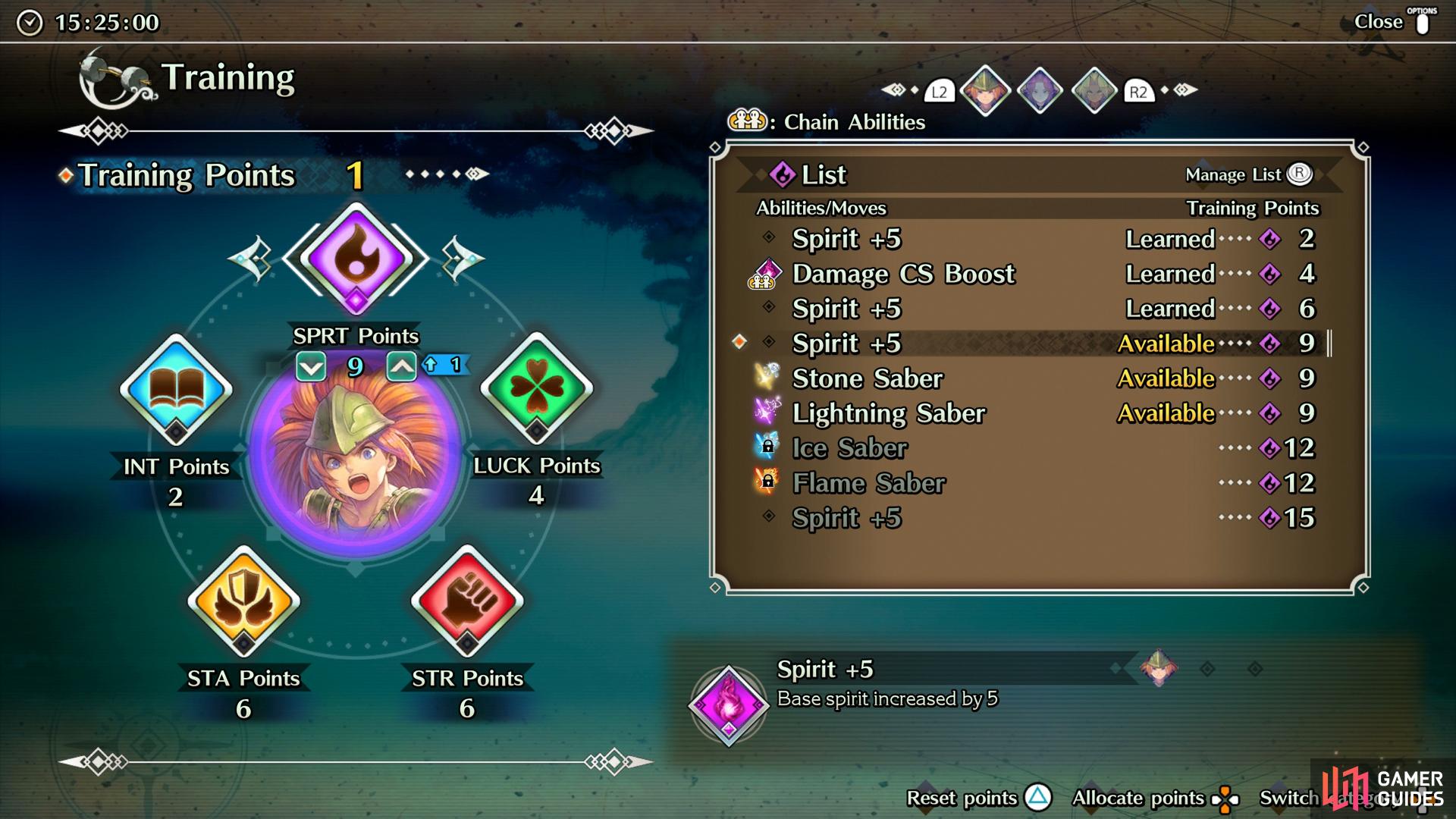
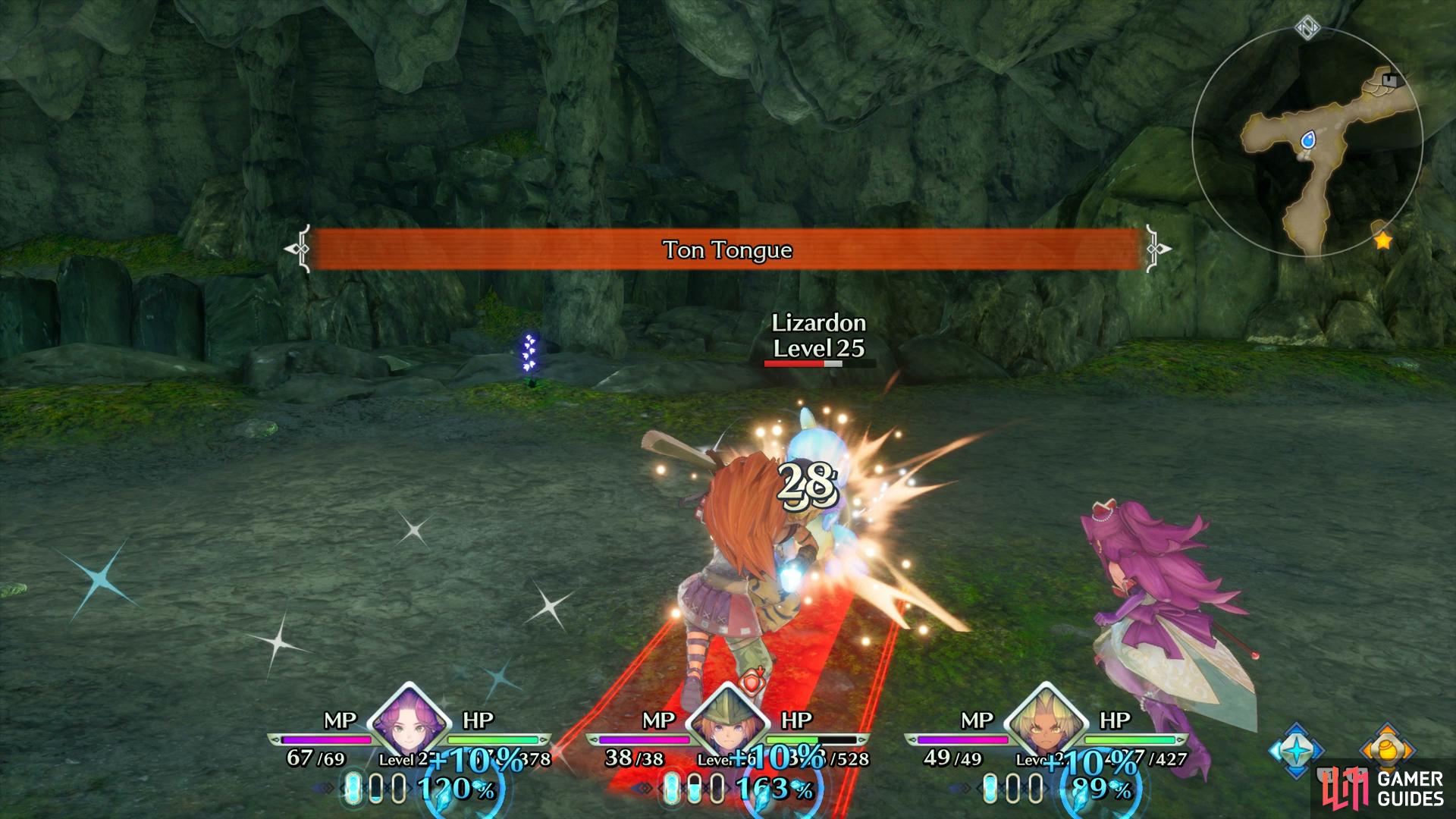
No Comments